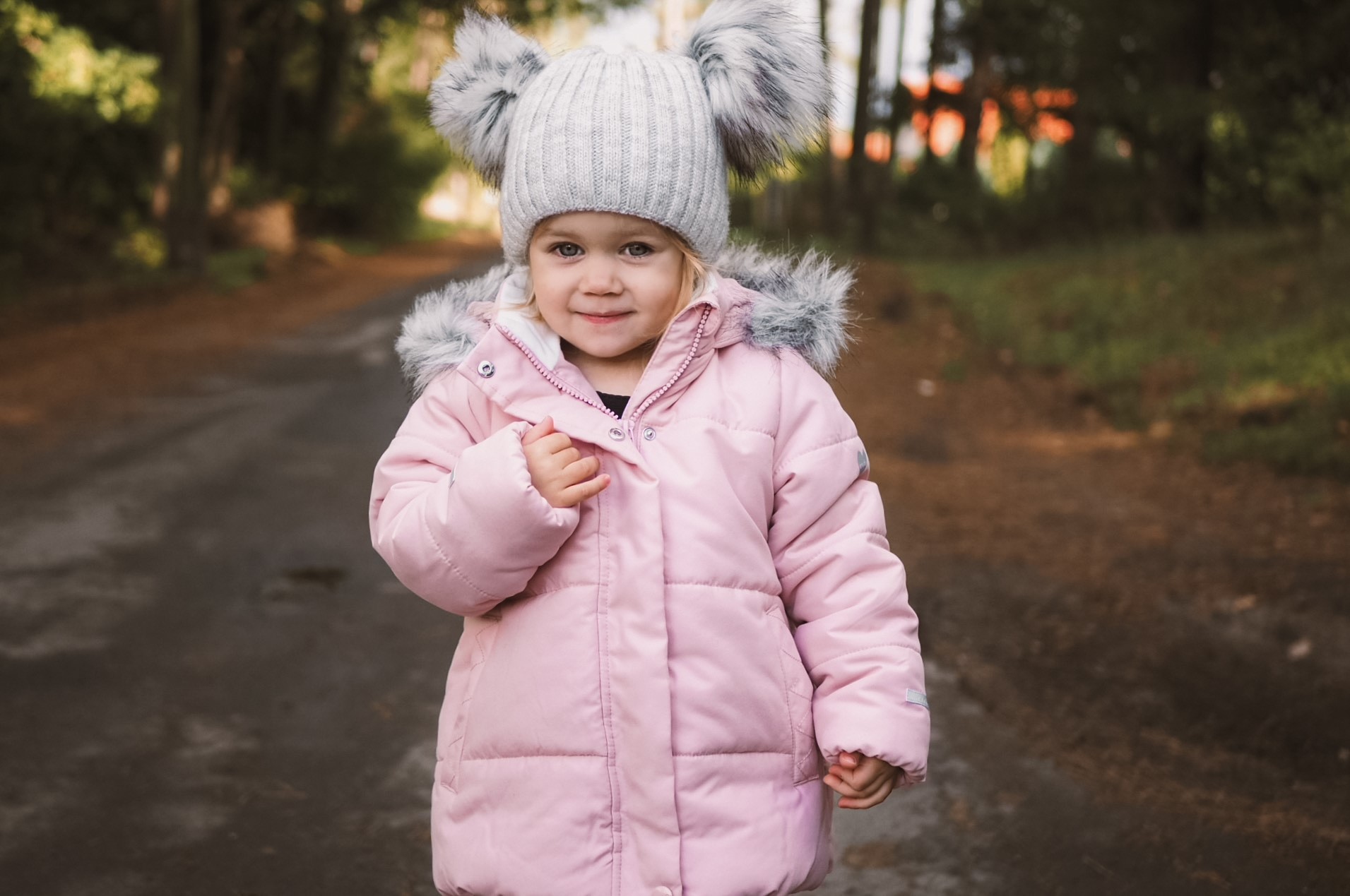
Put on a hat, because heat escapes most quickly through the head! You've probably heard this from your mother, and not just during childhood. It's a staple in a newborn's layette for good reason. Find out what size hat to choose for your child and what to look out for.
Hat sizes - where to start?
A baby's skin is very delicate, and their little body is susceptible to illness. It takes time for the body to adjust to new conditions outside the familiar and safe confines of mom's belly. Therefore, a properly sized hat is
an essential part of the layette . This will easily protect your little one from hypothermia.
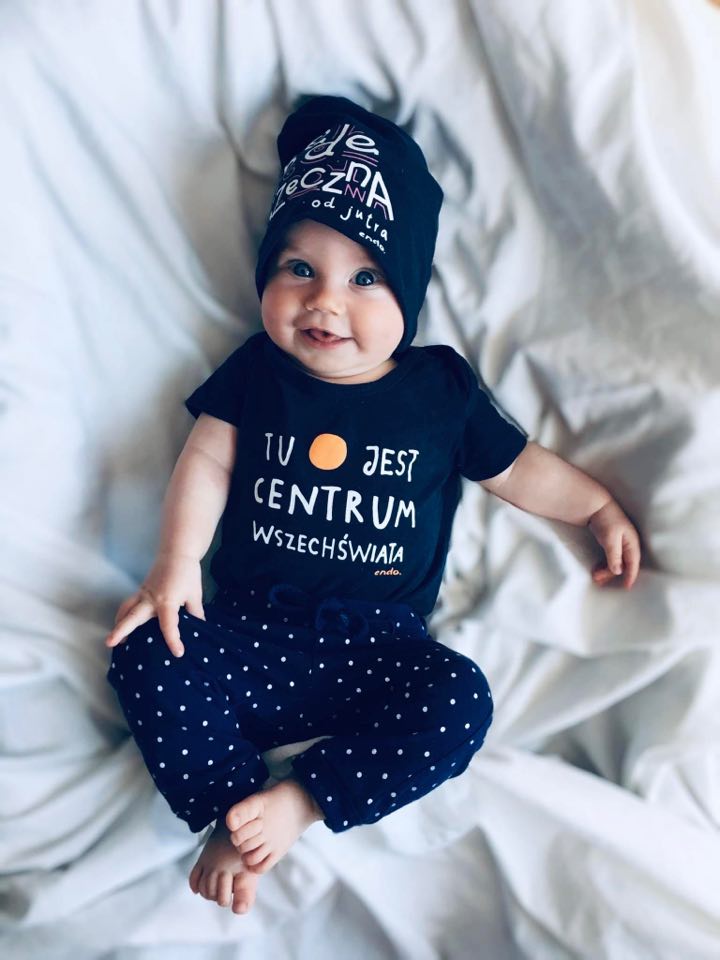
Your little one should wear a hat not only immediately after birth, but also when the temperature drops below 15℃.
What to look for when choosing a hat for your baby :
-
material - it is important that it is natural, soft to the touch and gentle for sensitive skin, e.g. cotton.
-
seams - preferably hidden, they cannot press on the head, cause discomfort or leave marks on the skin.
-
decorations - it is better to have as few of them as possible for the child's safety and comfort.
-
cut - in spring and summer, a thin, cotton hat is enough, while in autumn and winter it is better if it is tied under the neck, made of a thicker material, e.g. a sweater knit, and covers the ears.
Choosing the right hat size isn't easy, especially when shopping online. How do you choose the perfect model without having to return or return the product? Besides your child's needs
, the circumference of your child's head is also important. How to measure your toddler's head circumference:
- Take a soft tape measure or a tape measure in your hand.
- Measure around your head, i.e. in front of the center of your forehead just above the tips of your ears.
- See what your result is and choose your hat sizes based on that.
See winter hats and accessories for boys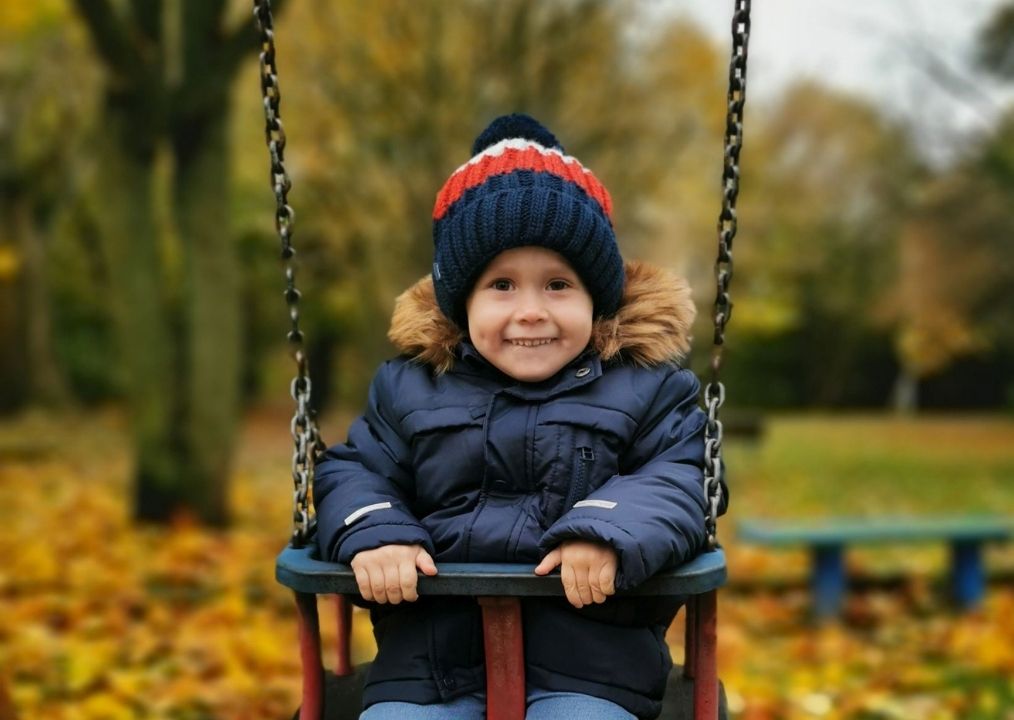
Babies grow very quickly. After about a month, their head circumference can increase by up to 2-3 centimeters. Remember to
never choose a hat based on the child's age or the product's name . Every little one develops at a different pace – your little one is unique too! Stores may have different sizes, so don't rely on a single, well-chosen model.
What size hat should I choose for my child?
Is it possible to choose a hat for a newborn without measuring their head circumference? Of course! It's understandable that you won't be able to do this if your little one hasn't arrived yet. However, it's easy to estimate.
- In the case of premature babies, the wardrobe needs to be slightly smaller, so size 34 or 35 will be adequate.
-
The average weight of newborns is 3200-3500 g, and the head circumference is 36-38 cm. Based on this, the appropriate hat size is 36/38 .
- To start , buy a hat in a larger size than the calculations suggest, e.g., 40. Little ones grow quickly, so sooner or later you'll definitely need one.
See winter hats and accessories for girls 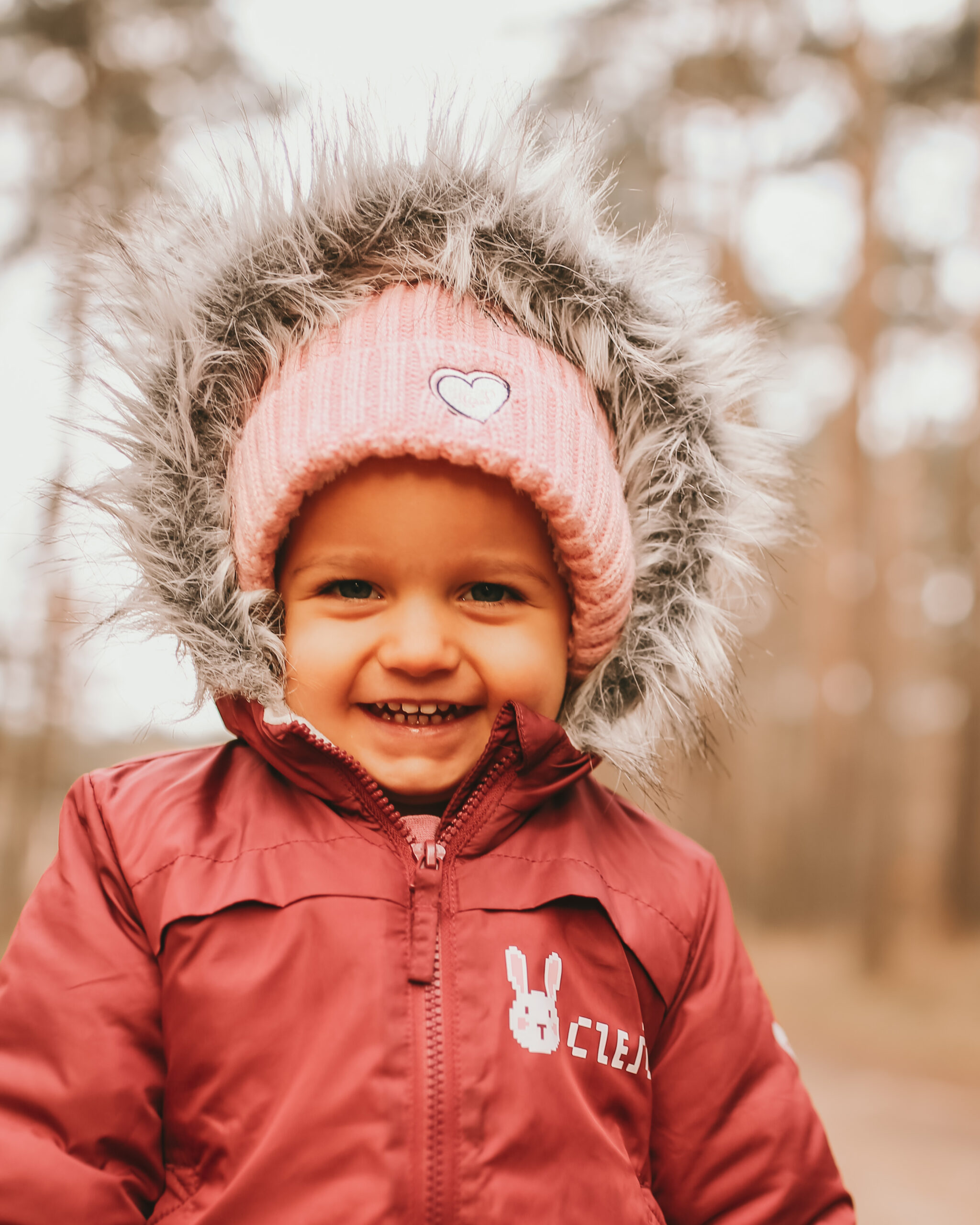
It's a good idea to choose a hat size that's 1 cm larger than the calculations suggest. This ensures the material won't be too tight, but also won't slip down and cover your little one's eyes. This also impacts the child's comfort and the degree of protection not only from cold air but also from strong sunlight.
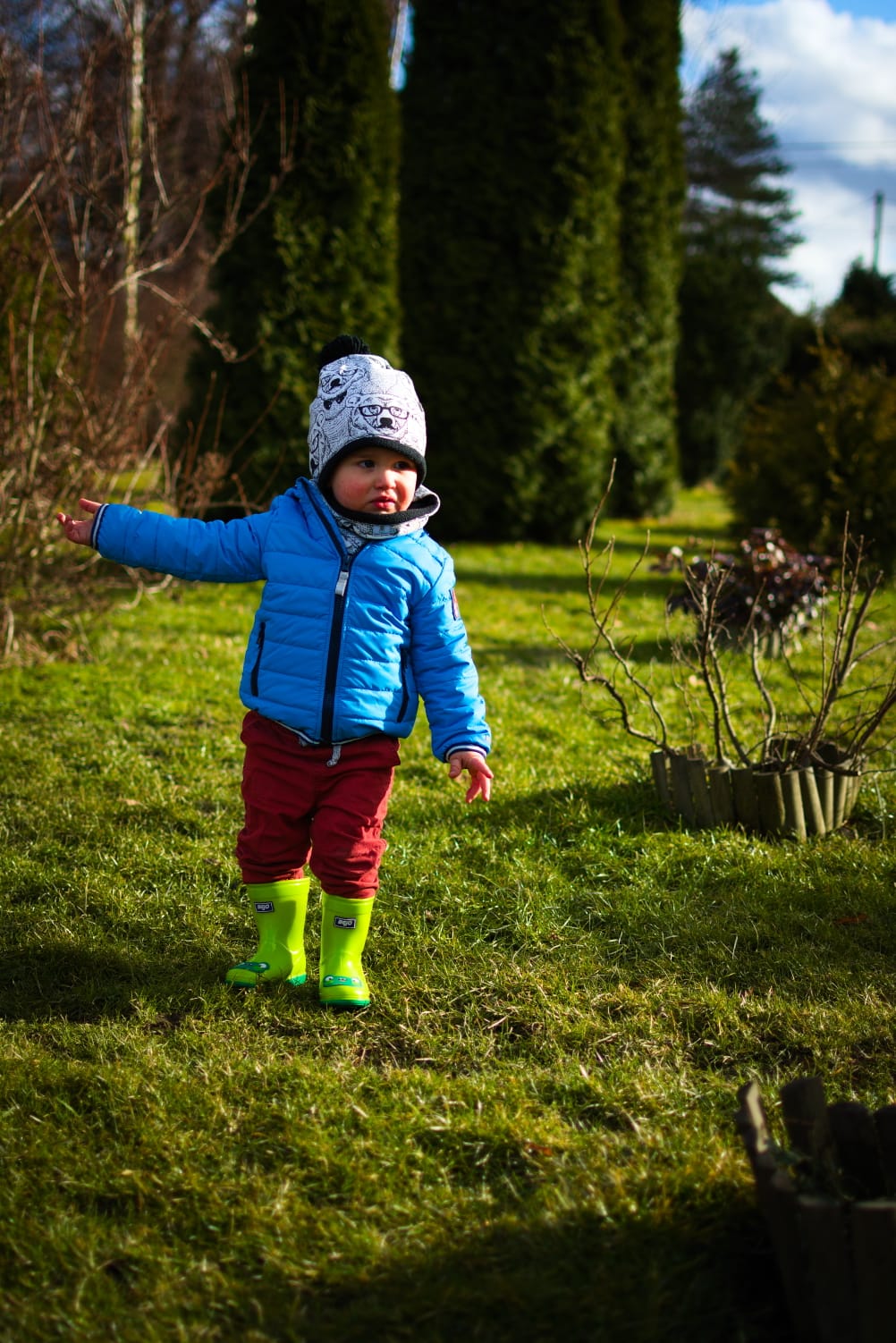
What size hat is right for a child?
Much also depends on gender, as
boys typically have a slightly larger head circumference than girls . The difference can be
1 to 1.5 cm .
- For the first 6 months of life, you will probably buy a new headgear about every 2 months, and for the next 0.5 years, every 4 months.
- Later, it will be enough to change this part of your child's wardrobe once a year - as your experience grows, it will become easier for you to choose the right hat sizes.
Remember that both younger and older children are reluctant to wear hats – you probably took them off too, as soon as your parents weren't looking. A well-chosen model will ensure that every outing will be hassle-free, and your child will be proud to wear a well-fitting hat.
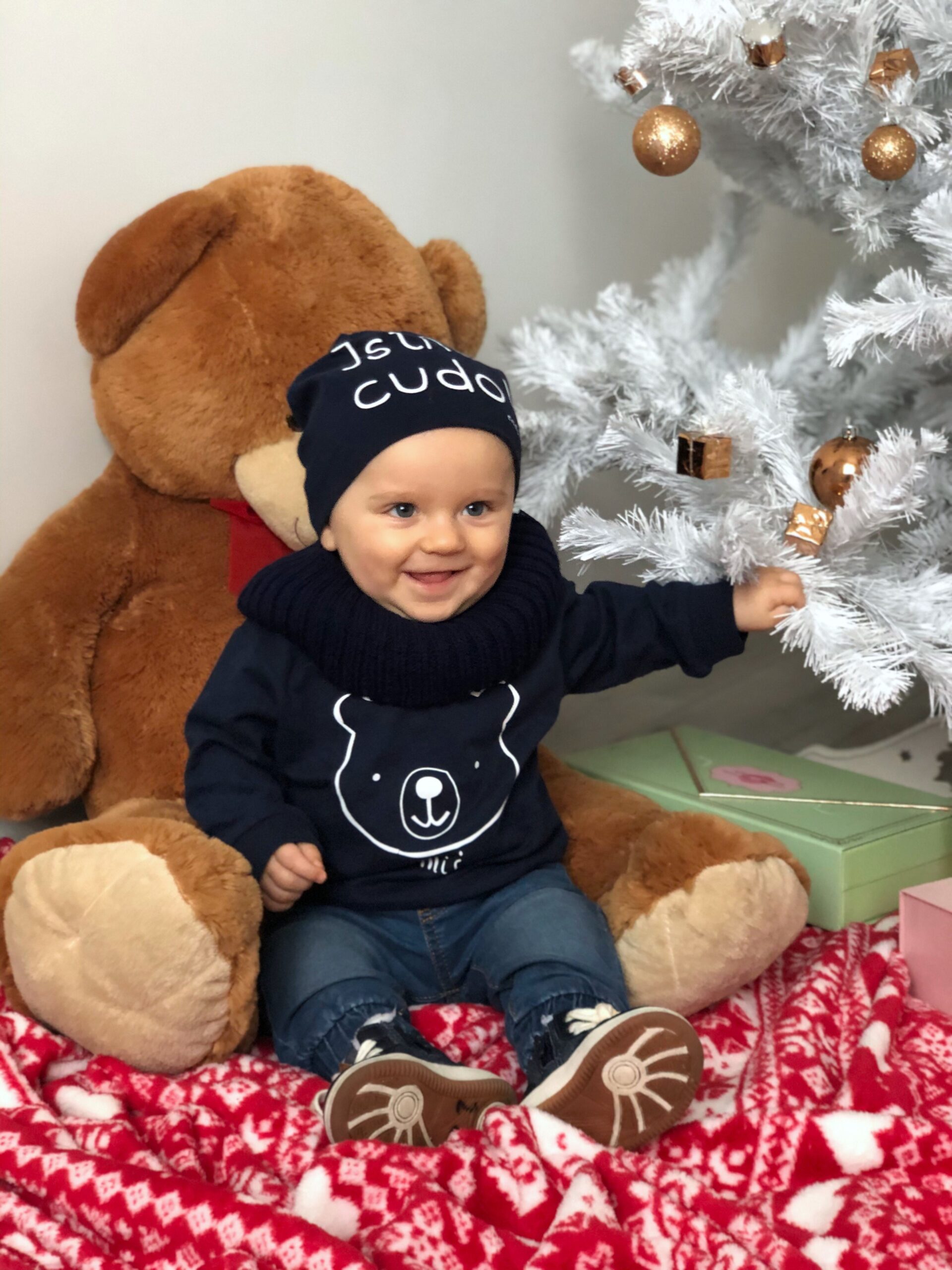

 Your little one should wear a hat not only immediately after birth, but also when the temperature drops below 15℃. What to look for when choosing a hat for your baby :
Your little one should wear a hat not only immediately after birth, but also when the temperature drops below 15℃. What to look for when choosing a hat for your baby : Babies grow very quickly. After about a month, their head circumference can increase by up to 2-3 centimeters. Remember to never choose a hat based on the child's age or the product's name . Every little one develops at a different pace – your little one is unique too! Stores may have different sizes, so don't rely on a single, well-chosen model.
Babies grow very quickly. After about a month, their head circumference can increase by up to 2-3 centimeters. Remember to never choose a hat based on the child's age or the product's name . Every little one develops at a different pace – your little one is unique too! Stores may have different sizes, so don't rely on a single, well-chosen model. It's a good idea to choose a hat size that's 1 cm larger than the calculations suggest. This ensures the material won't be too tight, but also won't slip down and cover your little one's eyes. This also impacts the child's comfort and the degree of protection not only from cold air but also from strong sunlight.
It's a good idea to choose a hat size that's 1 cm larger than the calculations suggest. This ensures the material won't be too tight, but also won't slip down and cover your little one's eyes. This also impacts the child's comfort and the degree of protection not only from cold air but also from strong sunlight.



Podziel się:
St. Nicholas Day Giveaway - Win an Endo Teddy Bear!
Creative projects for kids - DIY projects